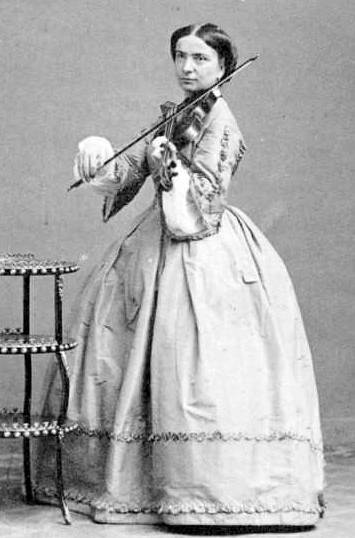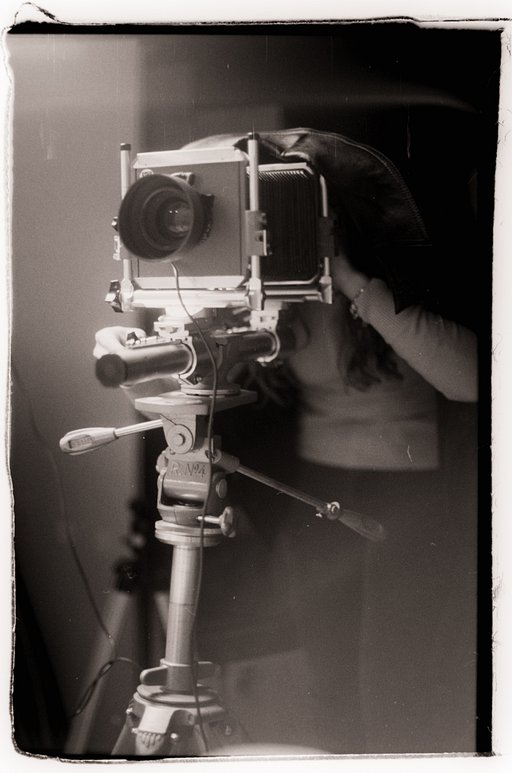Carte De Visite Photographs and the Beginnings of Our Obsession With the Self
1 5 Share TweetOur obsession with appearance has its roots deep in human nature. Often what seems to elevate a portrait is the ability of the photographer to capture the identity and personality of the subject. But in the early days of portraiture, how was it possible for the individual’s personality to come across, when a standard look was customary for all? In part, this uniform style of portrait photography was due to the limitations of the photographic process at the time.
Besides these limitations in photography we must also consider the constraints of society, with conventions that were often trapping and difficult to break out of. But we should also interrogate some of these conventions that we still carry with us in today's portraiture practice.
The need for standardization has followed us since the beginning of the mass production of pictures. Perhaps then, there is not much difference to our time, where the use of filters and the homogenization of our appearance is so predominant in our feeds.
When photography began to take off, to have your likeness taken was the most astounding novelty. What a thrill it was to have a faithful reproduction of yourself. Before then, a painting could only hint at the true likeness of a subject, but could not be trusted as a faithful representation. With Photography however there was an implied notion that one could not lie about their appearance. However to be a successful professional photographer one was obliged to comply to the tastes and requests of the public in order to survive in their business.
It’s easy to understand why portraiture quickly became the most requested service of photographers. To have a portrait made became socially relevant during the 1850s, as it was customary to leave a Cartes-de-visite. Patented in Paris by photographer André Adolphe Eugène Disdéri in 1854 it measured 54.0 mm × 89 mm, and was used to leave upon calling for social engagements with friends and family. It served as an invitation and a business card. People would also use them to show off their acquaintances.
Cartes-de-visite then evolved into Cabinet Cards, which vary in size as they where 108 by 165 mm and lasted well until the 1930s. Photographs were exchanged so much between families that they became collectors items, sparking the practice of keeping photographic albums. This also brought social pressure. Since it was a common practice between the upper middle class, they were used to exchange and advance connections, much like today when we look at who follows who on social media. It seems there has always been a need to prove one’s worth in a particular community.
This reinforces the idea of a constructed appearance that we create for ourselves; one to represent a polished version of our character. People have always felt the need to conform and fit into a particular social group. Whether driven by politics or social aspirations or personal taste, they all aim towards one goal – belonging.
The rapid evolution in the field of photography, with improvements to the technology, granted more freedom when it came to posing. In professional photography the set designs became elaborate, as they took on the various forms in order to reenact many situations in studio settings. People would present different versions of themselves, while dancing, hiking, playing etc.
Again, it’s easy to draw a comparison and see the inherited habit of posing by instagrammers, who by contrast are not limited by the technology, and are working to capture candid moments perfectly frozen in time.
In the past, having a portrait taken was a special moment. It involved putting together your best outfit, best hair, best appearance. Photography, (especially at its inception) may have been considered the most honest medium, but nonetheless, due to all the work put in, the debate about truthfulness soon arose. Even today, many people are afraid of sharing a simple, unfiltered and un-staged photo.
If before digital photography, taking a picture was a laborious and expensive practice, today’s accessibility of the medium should have eased the social pressure. Instead it seems that it has only achieved the opposite result. One must be photo-ready at all times. In this way it could be argued that we lose our true sense of self, the nuance of life and acceptance that we are never one thing, but complicated beings.
There are many different photographic practices and styles nowadays. But we should keep in mind that, in a world that is choosing to push an idealization of reality at an exponential rate, choosing to break boundaries is a wonderful act of rebellion.
Did you know about the Carte De Visite? What do you think about the exposal that we have to portraiture nowadays? Share your thoughts in the comments below.
written by eparrino on 2023-06-18 #culture #in-depth #portraiture #in-depth-article #cartes-de-visite




























No Comments